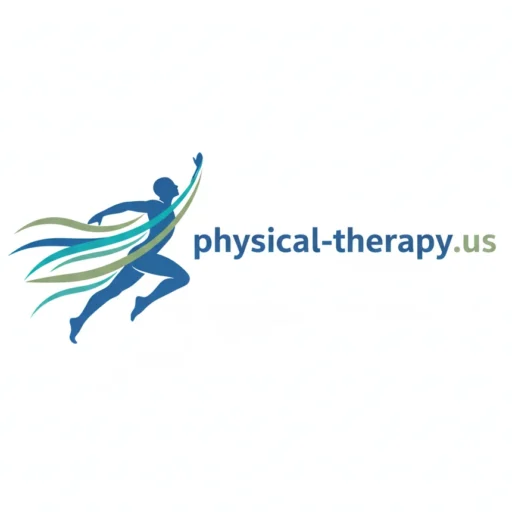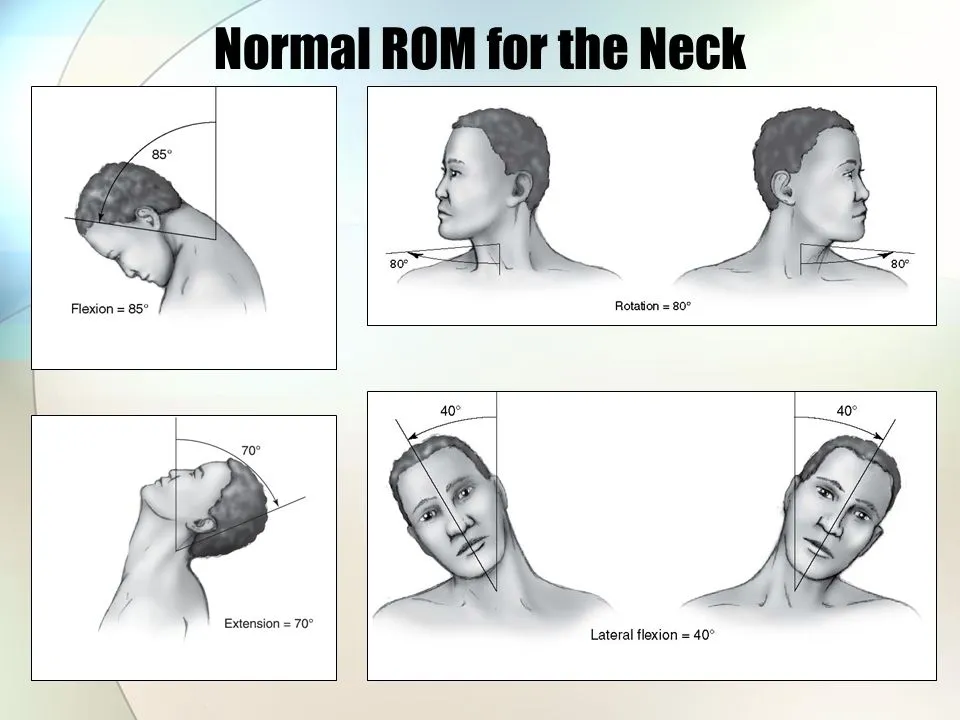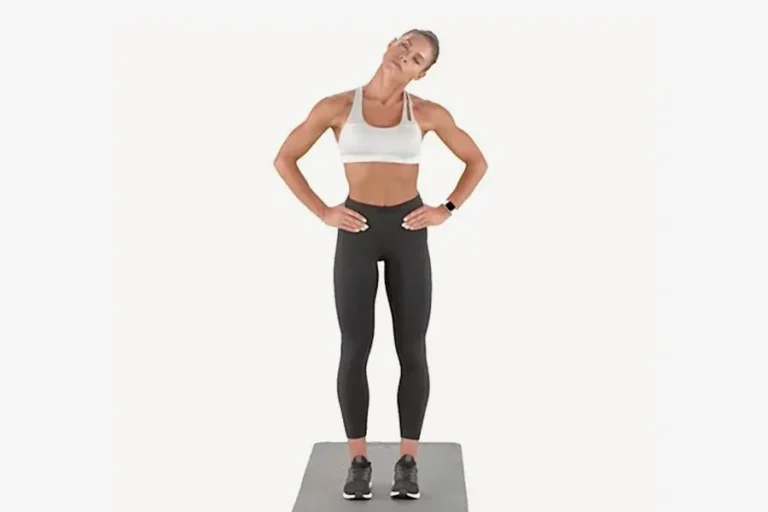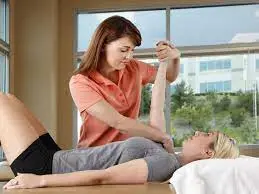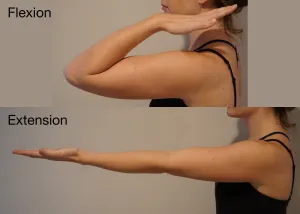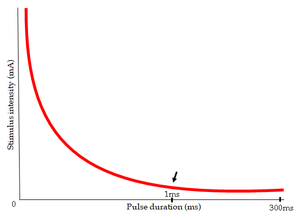Cervical Extension
Cervical Extension
Cervical extension is a neck movement where you gently tilt your head backward, increasing the angle between your chin and chest. It’s commonly used to improve neck mobility and relieve stiffness.
What is Cervical Flexion And Cervical Extension?
The neck’s movements, mainly the forward and backward bending of the cervical spine (cervical vertebrae), are called cervical flexion and extension. Below is an explanation of every move:
Cervical flexion: This motion involves bringing the chin to the chest and bending the neck forward. It mainly affects the joints that connect the individual cervical vertebrae, which permits the neck to flex forward. When you bring your chin closer to your chest or stare down at your feet, you are usually experiencing cervical flexion.
Cervical extension: In contrast to flexion, cervical extension involves raising the chin and bending the back of the neck. The neck becomes more curved as a result of the cervical vertebrae protruding or bending backward. Usually, tilting your head back or gazing up at the sky causes cervical dilatation.
However, it is important to remember that excessive or repetitive movements outside of the normal range of motion may strain neck muscles or cause other problems. If you experience any discomfort or concern about cervical movements, it is advised that you consult a doctor for accurate assessment and guidance. Cervical flexion and extension are both necessary to maintain neck mobility and function, allowing us to perform various actions, such as tilting our heads, looking in different directions, and maintaining proper posture.
What is Cervical Extension?
When the neck is stretched or curved back, it is referred to as a cervical extension. The cervical spine, the portion of the spine that contains the neck’s vertebrae, is bent in this situation.
The chin lifts when the head and neck shift backward during cervical extension. The neck can expand or bend backward due to this movement, which mostly takes place at the joints between the individual cervical vertebrae.
We use cervical extension in a variety of activities because it is a natural and necessary movement. Cervical extension occurs, for example, when we tilt our heads back, staring up at the sky, or carry out activities that call for us to bend our heads back.
Maintaining the proper posture and avoiding lengthy or excessive cervical stretching are crucial since they might strain the neck muscles and produce discomfort. Furthermore, cervical extension may cause pain or restriction in those with specific medical disorders, such as joint dysfunction or cervical spondylosis.
Cervical Extensors Muscles
In the dorsum (back) of the neck are a set of muscles called the cervical extensors. For the cervical region to be longer and the neck to remain stable, these muscles are essential. Among the most crucial cervical extensor muscles are the following ones:
- Trapezius muscle: A big muscle called the trapezius extends from the base of the skull down the middle of the back and along the back of the neck. Stretching the head and back of the neck as well as performing other motions like shrugging are helpful.
- Splenius capitis: On both sides of the neck are the deep muscles known as the splenius capitis. It is found on the upper cervical vertebrae and comes from the lower portion of the skull. The head and neck can be extended and rotated with the help of this muscle.
- Semispinalis capitis muscle: The deep muscles on either side of the back of the neck are called semispinalis capitis. It helps in the extension and rotation of the head and neck and involves many vertebrae.
- Longissimus capitis muscle: Long and deep, the longissimus capitis muscle is located on both sides of the neck. It runs from the skull’s base to the top of the back. The head and neck are rotated and extended in its motion.
Together, these muscles allow the head and neck to be extended, helping us to tilt our heads back, look up, and maintain good posture. Maintaining a healthy range of motion and avoiding issues with neck function requires maintaining the cervical extensor muscles’ strength and flexibility.
Cervical Extension Range of Motion
- Exercises for backward neck extension also differ from person to person and can be influenced by a variety of factors, such as muscular strength, flexibility, and underlying injuries or medical issues.
- For a cervical strain, the normal range of motion is between 60 and 75 degrees. It also means that the head and neck can be somewhat stretched back in the best-case situation.
It’s crucial to remember that individual variance is typical and that some people may experience varying degrees of movement when their cervical extension. Range of motion can also be impacted by variables including age, prior injuries, or underlying medical issues. Sustaining a healthy range of motion for the cervical extensor muscles greatly depends on maintaining their strength and flexibility. Range of motion can be maintained or improved with regular stretching, strengthening activities, and proper posture.
The chin-ceiling test is a cheap and easy way to determine cervical extension range of motion. Here’s how you can accomplish it.
- Find a peaceful, comfortable spot where you can finish the test without interruptions.
Keep your shoulders relaxed and your back straight when standing or sitting in a chair.
Start with your head in a neutral position, facing directly ahead. - Carefully and slowly tilt your head back until your chin reaches the ceiling. As much as you can without hurting yourself, try to extend your neck back. As you perform the movement, maintain a straight back.
- Using a tape measure or ruler, measure the distance between the top of your chin and the ceiling or any other point directly above you while maintaining a straight neck.
The measurement should be saved in inches or centimeters.
Your range of motion when your cervical extension is displayed by this measurement. - Bring the head back to its initial, neutral posture.
You can gauge the range of motion attained during cervical stretching by measuring the distance between the chin and the ceiling. Your range of motion is objectively evaluated by this measurement.
Cervical Extension Special Test
To evaluate the cervical extension and find any limitations or possible issues, some specialized tests could be performed. These are a few typical cervical extension tests.
Head/Neck Extension Test and Cervical Extensor Endurance Test (CEET):
- The deep and superficial neck extensor muscles’ strength and endurance are assessed.
- Procedure: The cervicothoracic junction is stabilized while the patient is prone, with their head and neck resting over the edge of a table.
- For 20 seconds, the patient is instructed to keep their chin tucked in a neutral position.
- Keep an eye out for compensatory movements that indicate weakness of the deep neck extensors, such as an increase in chin length or a loss of the chin tuck.
Positive Results:
- The superficial extensors are dominant when the chin tuck position is not maintained or when the chin lengthens.
- As the patient enters neck flexion, weakness of the deep and superficial extensors is evident.
Spurling’s Test:
- Tests for radiculopathy and compression of the cervical nerve roots are the goal.
- Procedure: The examiner places an axial stress on the patient’s head while they are seated.
- The patient then extends and rotates their neck laterally in the direction of their complaints.
- An axial load is applied by the examiner.
- Rotate your head to the unaffected side and repeat.
- Reproduction of pain extending into the upper extremities is a positive finding.
Test of Cervical Rotation Lateral Flexion:
- The goal is to determine whether the cervical spine has restricted movement.
- Method: The patient sits while the test is being performed.
- The cervical spine rotates maximally and passively away from the side that is being evaluated.
- The ear is brought closer to the chest while the spine is gently flexed as far as it can go.
- Positive Finding: There is no movement of lateral flexion.
- The goal is to check for cervical radiculopathy.
- Procedure: The examiner flexes the patient’s elbow and passively extends the patient’s shoulder while the patient is seated.
- A reduction in shoulder abduction symptoms is a positive finding.
Manual Muscle Testing For Cervical Extension
Assessing the strength and functionality of the muscles that govern neck motions is known as manual muscle testing. Healthcare practitioners including physical therapists and chiropractors frequently use it to assess neck ailments, weakness, and muscular imbalances.
Muscle testing
- Longissimus cervicis
- Semispinalis cervicis
- Iliocostalis cervicis
- Splenius cervicis
- Trapezius
Position of the patient
The patient should be in a prone position with their arms by their sides and their head off the table at the edge in order to evaluate grades 4 and 5.
At the end of the table, the grade 3 patient should be in a prone position with his head off.
Patients in grades 2 through 0 should lie down with their arms by their sides and their heads resting on the table.
Position of the Therapist
The therapist should be placed at the patient’s head for grades 4 and 5. As the patient looks at the ground, instruct him to lift his head. Apply a resistive force with your hands to the parieto-occipital region if you have sufficient range. Place the second hand beneath the chin so that it may hold the head while it moves.
In order to support the patient’s forehead, the grade 3 therapist should stand on the side of the patient’s head with one hand ready to do so.
The therapist should stand next to the patient’s head, facing them, for grades 2 through 0. Under the patient’s head, place both hands. For palpation, fingers have been positioned at the level of the cervical vertebrae, distal to the occiput. Without tilting, instruct the patient to place his head into the therapist’s hands.
What is the test procedure?
For grades 4 and 5, the patient must extend his neck, unless he tilts his chin.
While the patient is still looking at the floor, ask them to press up on the therapist’s hand. Keep it. Keep the therapist from pressing it down.
Grade 5: The patient remains in the opposite position from the strong resisting force during the examination. These muscles are weak, and even at their strongest, they cannot withstand much-resisting force, therefore therapists must take therapeutic care.
Grade 4: The patient keeps from using the moderate resistance force while maintaining the test position.
For grade 3, the patient extends their neck without tilting their chin or gazing up.
Keep your eyes on the ground and lift your forehead away from my hand.
Grade 3: The patient maintains the test posture without objecting.
Patients in grades 2 through 0 should attempt to extend their necks into the plinth without tilting.
Request that the patient try pressing her head into her hands.
Grade 2: The patient presses into the therapist’s hands to do the action within a limited range of neck extension.
Grade 1: The cervical extensor area shows palpable contraction movement.
Grade 0: There is no discernible, measurable muscle action.
Cervical Extension Exercise
Exercise for cervical extension while standing
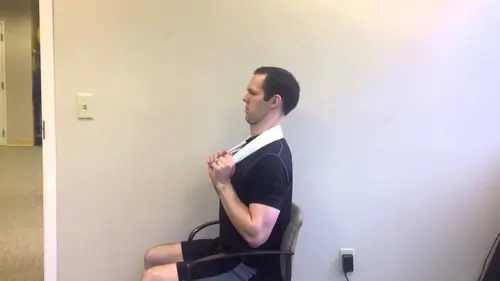
The standing cervical extension exercise is a mild way to strengthen and stretch the muscles in your upper back and neck. To finish the exercise, take the following actions:
- Maintain proper posture and relaxed shoulders while standing with your feet shoulder-width apart.
- Maintaining your head horizontal, gently press your chin to your chest.
- Lift your head toward the ceiling slowly and steadily while maintaining a straight spine.
- Continue raising your head until the front of your neck and upper back feel nicely stretched.
- For ten to fifteen seconds, or whatever long you feel comfortable, hold the stretch.
- Slowly put your head back in the starting position.
- Do the exercise between 5 and 10 times. Throughout the exercise session, it’s crucial to keep in mind to move smoothly and steadily, without jerking or making sudden movements.
Seated Cervical Extension
Another good exercise for strengthening and stretching the muscles in the upper back and neck is the seated cervical extension exercise. The following is one way to do this.
- Sit in a chair with your back straight and place your feet on the floor.
- Press your hands against your thighs.
- Start by keeping your spine neutral and tucking your chin into your chest.
- Start raising your head slowly and gradually so that you can gaze at the ceiling.
- Keep doing this until your upper back and front of your neck feel nicely stretched.
- For 10 to 15 seconds, or whatever long you feel comfortable, hold the stretch.
- Slowly bring your head back to the beginning position.
- Do the exercise between 5 and 10 times. Keep in mind that the exercise should be done carefully, without jerky or sudden movements.
Prone Cervical Extension exercise
An effective exercise for strengthening and stretching the muscles in the neck and upper back is the cervical stretch. The following is one way to do this.
- On a comfortable surface, like an exercise bench or mat, lie down.
- Slowly bring your head back to the beginning position.
- Make sure your neck is not bent or stretched; rather, it should be in a neutral position.
- Utilizing your upper back muscles, slowly raise your head and chest off the floor. Keep an eye on things.
- Keep lifting until the upper back and front of the neck start to slightly stretch. Steer clear of strain or overstretching.
- For 10 to 15 seconds, or however long it feels comfortable, hold the position.
- Return to your starting position by slowly lowering your head and chest.
- Do the exercise between 5 and 10 times.
- Avoiding sudden or jerky motions and keeping control throughout the exercise are crucial.
Stretch for Cervical Extension
Targeting the muscles in the front of the neck, the cervical stretch is an easy and efficient way to increase range of motion and flexibility. The following is one way to do this.
- Whether standing or sitting, maintain a straight back and relaxed shoulders.
- Press your chin lightly on your chest to begin.
- Start tilting your head back slowly and steadily so that you can see the ceiling.
- The front of your neck should feel stretched as you lean your head back. Keep in mind to maintain control over your movements to prevent pain or discomfort.
- Hold the stretch until it feels comfortable, 15 to 30 seconds.
- Press your chin to your chest as you slowly raise your head back to the beginning position.
- Do the stretch 2 or 3 times.
- The cervix should be properly stretched, and jerky or abrupt movements should be avoided.
FAQs
What is a cervical extension?
Tilting the head back and looking up at the sky.
What are neck extension exercises?
Slowly tilt your head back until you are looking up without arching your back. Hold for five seconds. Go back to where you were before. To avoid neck pain, this is a fantastic exercise to perform while working.
What are the symptoms of weak neck extensors?
Long-term stretching can weaken extensor muscles, making it difficult for them to produce enough tension during contraction. As a result, the patients may experience neck pain, stiffness, and muscle rigidity. They may also experience mild kyphosis.
What muscle is responsible for neck extension?
During bilateral contraction, the cervical transversospinalis muscles extend the head and neck; during unilateral contraction, they laterally flex and rotate the head to the opposite side.
How to sleep with neck pain?
When you have neck pain, it’s best to sleep on your side or back with a supportive pillow that keeps your neck in its natural alignment and steers clear of stomach sleeping.
References:
- Patel, D. (2023d, June 2). Manual Muscle Testing of neck (MMT of neck muscle) – Samarpan. Samarpan Physiotherapy Clinic. https://samarpanphysioclinic.com/manual-muscle-testing-of-neck/
- Patel, D. (2023i, July 22). Cervical flexion and extension – anatomy, ROM, movement. Samarpan Physiotherapy Clinic. https://samarpanphysioclinic.com/cervical-flexion-and-extension/
